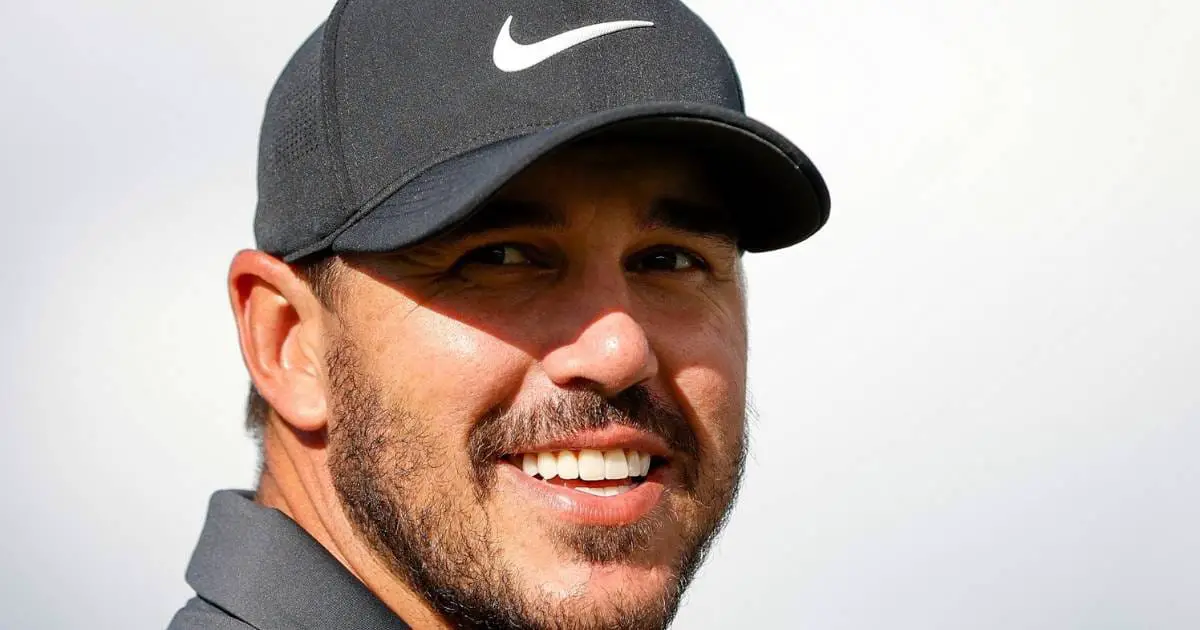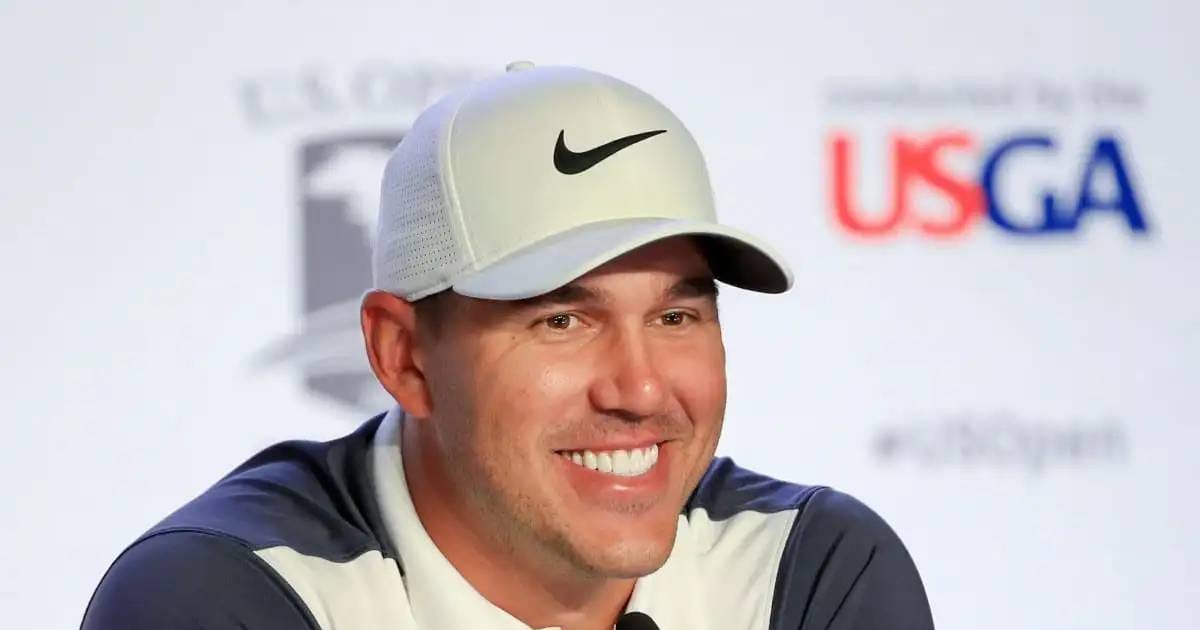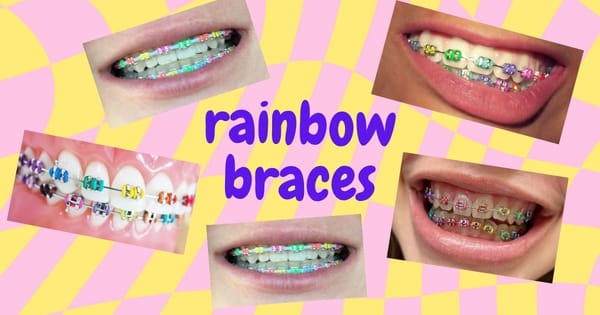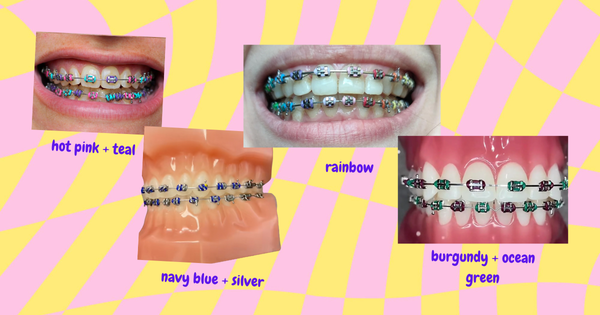Brooks Koepka's Teeth: Did the Golfer Get Veneers?

Professional golfer Brooks Koepka is celebrated for his competitive spirit and powerful swing on the course.
While his athletic achievements have captivated fans for years, some have noticed a shift in his appearance, particularly his smile.
This begs the question: Did Brooks Koepka get veneers?
Yes, evidence strongly suggests that Koepka opted for veneers in late 2017, marking a significant change from his previously natural smile.
Key Takeaways:
- Brooks Koepka's teeth underwent a noticeable transformation in late 2017, coinciding with the timeframe of getting veneers.
- His new smile exhibits characteristics typical of veneers, including increased tooth size, a brighter shade, and a more uniform appearance.
- While his natural teeth were already aesthetically pleasing, veneers provided a more Hollywood-esque enhancement.

Brooks Koepka's Veneer Transformation: From Subtle to Striking
Brooks Koepka's transition to veneers offers a glimpse into the transformative power of cosmetic dentistry, even for those already possessing naturally attractive teeth.
Comparing his pre- and post-veneer photos paints a clear picture of this dental evolution.
- Pre-Veneers: Naturally Appealing: Photos from 2013 showcase Koepka's natural smile—charming and authentic. His teeth exhibited minor imperfections, including slight rotations, typical of many natural smiles. A small gap between his front teeth, a result of a slightly rotated lateral incisor, added character rather than detracting from his overall look.
- Post-Veneers: A Hollywood Enhancement: By October 2017, a dramatic shift occurred. Koepka's teeth appeared significantly whiter, perfectly aligned, and noticeably larger. This transformation aligns with the characteristics of veneers, suggesting he opted for a full set on his upper arch, and potentially his lower teeth as well.
- Key Changes: Several specific changes point toward veneers. His lateral incisor, once slightly rotated, now appears fuller and perfectly aligned. The overall color of his teeth is strikingly brighter, likely several shades whiter than his natural tooth color. And those minor rotations that once gave his smile a unique character have vanished, replaced by a uniform, Hollywood-esque perfection.
While Koepka's natural teeth were undoubtedly attractive, his veneer transformation reflects a desire for a more polished and attention-grabbing smile.
This decision highlights how cosmetic dentistry can be used not only to correct imperfections but also to enhance already appealing features, aligning with personal preferences and aesthetic goals.
Dental Bonding: A Conservative Alternative (Explored for Koepka's Early Case)
Before his veneer transformation, Brooks Koepka had a small gap between his front teeth due to a slightly rotated lateral incisor.
While this minor imperfection added character to his smile, it's interesting to consider how dental bonding, a more conservative approach, could have addressed this concern.
Dental bonding involves applying a tooth-colored composite resin to a tooth's surface, sculpting it to the desired shape, and hardening it with a special light.
It's a versatile procedure used to address various cosmetic issues, including:
- Filling Small Gaps: Bonding can effectively close small gaps or spaces between teeth, as seen in Koepka's pre-veneer photos. The composite resin seamlessly blends with the natural tooth structure, creating a virtually undetectable enhancement.
- Repairing Chips and Cracks: Minor chips, fractures, or worn edges can be restored using bonding, restoring the tooth's integrity and improving its appearance.
- Reshaping Teeth: Bonding can subtly alter a tooth's shape, making it longer, wider, or more symmetrical.
For someone like Koepka, bonding could have been a viable option to close the gap between his front teeth, at least temporarily.
It's a relatively inexpensive, quick, and painless procedure that preserves more of the natural tooth structure compared to veneers, which often require some enamel removal.
However, bonding does have limitations. It's not as durable as porcelain veneers and can stain or chip over time, especially with habits like nail-biting or consuming staining foods and beverages.
While it might have been a suitable short-term solution for Koepka, eventually opting for veneers provided a more durable and long-lasting enhancement aligned with his aesthetic goals.

Veneer Material Deep Dive: Porcelain vs. Zirconia (And What Koepka Might Have)
When considering veneers, the choice of material plays a crucial role in the final aesthetic, durability, and longevity of the restoration.
Two popular options are porcelain and zirconia, each with its own set of benefits and drawbacks.
Porcelain Veneers: The Classic Choice
Porcelain veneers have long been the gold standard in cosmetic dentistry, renowned for their:
- Natural Aesthetics: Porcelain closely mimics the translucency and light-reflecting properties of natural tooth enamel, creating highly lifelike results.
- Stain Resistance: Porcelain is highly resistant to staining, making it an excellent choice for individuals who enjoy coffee, tea, or red wine.
- Durability: While not indestructible, porcelain veneers are durable and can last for many years with proper care.
However, porcelain veneers can be prone to chipping or fracturing, especially under high biting forces.
They also require more extensive tooth preparation, involving the removal of a thin layer of enamel for optimal placement.
Zirconia Veneers: Strength and Opacity
Zirconia, a type of ceramic known for its strength, has emerged as a popular alternative for veneers. Advantages include:
- Exceptional Durability: Zirconia is incredibly strong and resistant to chipping and fracture, making it an excellent option for individuals who grind their teeth or have habits like nail-biting.
- Biocompatibility: Zirconia is highly biocompatible, minimizing the risk of allergic reactions or irritation.
However, zirconia's opacity can be a drawback for some, as it doesn't transmit light as naturally as porcelain, potentially resulting in a less lifelike appearance, especially in certain lighting conditions.
What Might Koepka Have?
While it's impossible to know for sure without examining his teeth directly, Koepka's veneers exhibit characteristics that hint towards zirconia as the chosen material.
Their bright, opaque appearance, particularly in photos taken shortly after placement, suggests a less translucent material than porcelain.
Additionally, as a professional athlete, the durability of zirconia might have been a deciding factor for Koepka, offering greater resistance to potential chips or fractures during activities that could put stress on his teeth.

Maintaining a Veneer Investment: What Koepka Needs to Know
Brooks Koepka's decision to invest in veneers reflects a commitment to enhancing his smile and projecting a confident image.
However, maintaining that investment requires ongoing care and attention, especially for a professional athlete whose lifestyle can present unique challenges.
Here are key maintenance tips for keeping veneers in optimal condition:
- Oral Hygiene is Paramount: Just like natural teeth, veneers thrive in a clean and healthy environment. Brushing twice daily with a fluoride toothpaste and flossing daily are crucial for removing plaque and debris, preventing decay around the veneer margins, and maintaining healthy gums.
- Professional Cleanings are Key: Regular dental checkups and professional cleanings are essential for anyone with veneers. Dentists can assess the veneers' condition, remove any stubborn stains, and address any early signs of wear or damage.
- Beware of Parafunctional Habits: Habits like nail-biting, chewing on ice, or using teeth as tools can chip, crack, or dislodge veneers. Being mindful of these habits and finding alternative ways to manage stress or boredom is crucial.
- Custom Nightguard for Athletes: For athletes like Koepka, a custom-made nightguard is highly recommended, even if they don't consciously grind their teeth. The intense physical activity and potential for impact during sports can put stress on teeth, increasing the risk of damage to both veneers and natural teeth.
- Long-Term Considerations: While veneers can last for many years, eventual replacement might be necessary due to wear and tear or changes in gum tissue. Koepka's case, with a seemingly new set after about 6-7 years, highlights this possibility. Discussing long-term maintenance and potential replacement costs with a dentist ensures realistic expectations.
By following these recommendations and proactively addressing any concerns with his dentist, Brooks Koepka can maintain his enhanced smile and continue to exude confidence both on and off the golf course.
A Winning Smile, On and Off the Course
Brooks Koepka's journey from a naturally appealing to a strikingly enhanced smile highlights the evolving role of cosmetic dentistry in today's image-conscious world.
While his decision to get veneers was a personal one, it sparked curiosity and discussion about the motivations behind such transformations, even for those already deemed conventionally attractive.
The key takeaway from Koepka's experience is that cosmetic dentistry should be approached with careful consideration and a focus on individual goals.
Understanding the different options, materials, maintenance requirements, and potential long-term costs is crucial for making informed decisions about enhancing one's smile.
Ultimately, whether opting for subtle improvements or a dramatic makeover, the goal of cosmetic dentistry should be to enhance confidence and create a smile that reflects one's unique personality and aspirations.
In Koepka's case, his new smile appears to have done just that, complementing his confident demeanor and contributing to his overall image as a successful and self-assured athlete.





